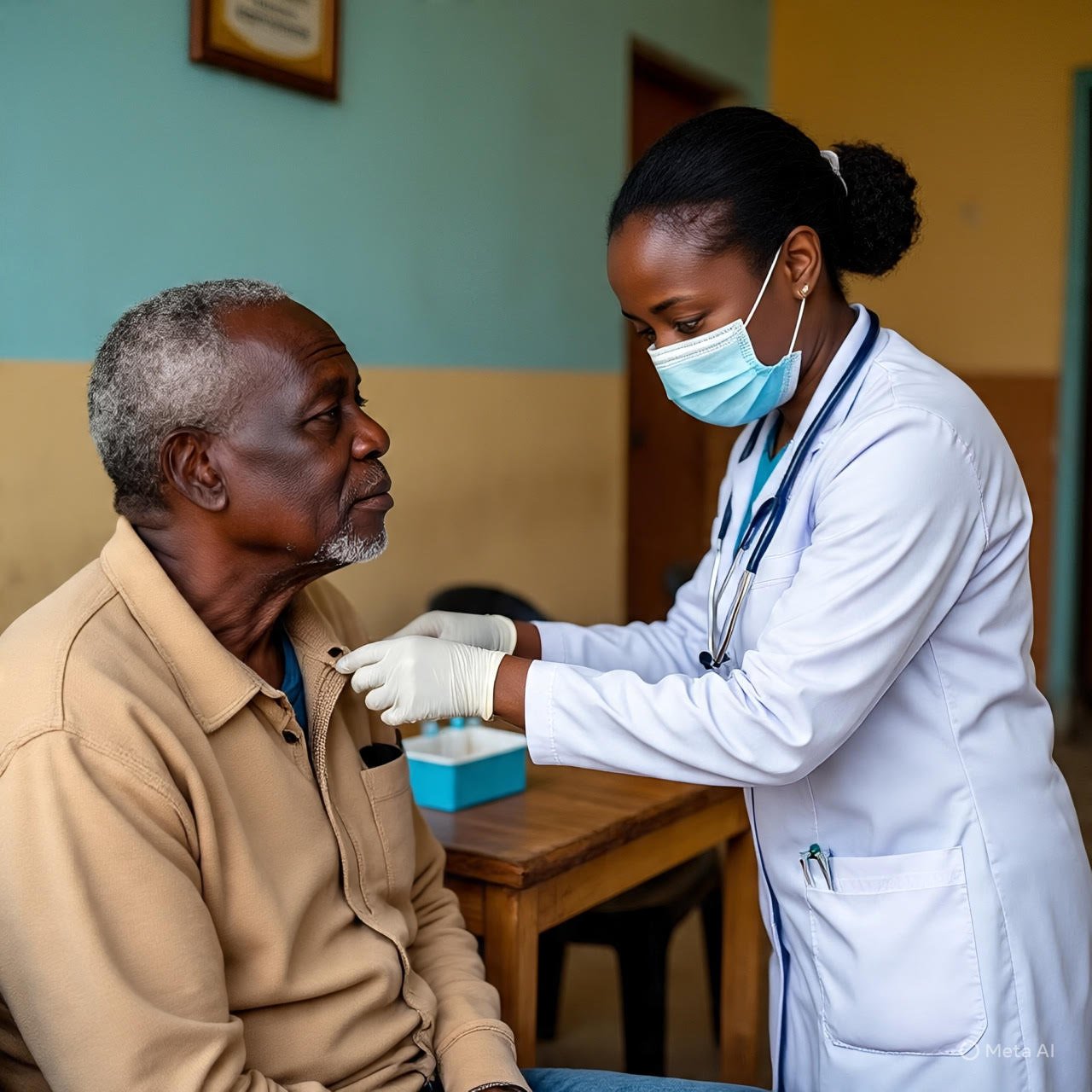By Kazeem Akolawole
Nigeria’s Federal Government has disclosed that the economic burden of malaria in Nigeria was estimated at $1.6b (N687 billion) in 2022 and may increase to about $2.8b (N2 trillion) in 2030″.
The Minister of Health, Dr. Osagie Ehanire, in his speech at the commemoration of 2023 World Malaria Day, noted that successful control of malaria will increase productivity, improve health, reduce school absenteeism, reduce poverty and facilitate the attainment of the Sustainable Development Goals”.
Ehanire who was represented by the Permanent Secretary, Mamman Mahmuda therefore reiterated that government must continue to fight to achieve zero malaria by 2030, in line with the World Health organization’s Global Technical Strategy”.
“Out-of-pocket expenditure for malaria is estimated to be over 70% and Nigerians pay as much as N2,280.00 on each malaria”.
“The theme of this year’s celebration is “Time to Deliver Zero Malaria: Invest, Innovate, Implement and the Slogan is “Act Now”.
According to him: “This is a clarion call to the populace, particularly those of us who live in malaria endemic regions, who account for most of the burden and deaths, to avail ourselves of the available tools and strategies to enable us to reach those in need. It is a call to:
“Invest in efforts to defeat malaria. In this regard, we must ensure that funding is prioritized for the most marginalized and hard-to-reach populations who are less able to access services and are hardest hit when they become ill. b) Invest in and step-up innovative strategies and interventions that are impactful.
“These include innovations that bring new vector control approaches, including use of new generation insecticidal nets and PBO nets to mitigate the effects of widespread insecticide resistance being observed across Nigeria and other malaria endemic countries as well as step up surveillance for the recently discovered Anopheles stephensi specie of mosquito in Nigeria, with its potential for breeding in different settings and transmitting urban malaria and Plasmodium vivax infection which was previously uncommon to West Africa.
“The theme also calls for scaling up malaria diagnostics, and use of new malaria medicines to accelerate progress in the fight against malaria, and support for malaria operational research and surveillance to guide impactful implementation. We are indeed calling on both the public and private sectors to act now”.
While stating Nigeria achievements in the malaria elimination in Nigeria, the Minister said Nigeria is witnessing gradual reductions in malaria prevalence from 27% in 2015 to 23% in 2018 and 22% in 2021.
His words: “We could have done better had the programme accessed early, the loan from the IMPACT project under the World Bank and Islamic Bank funding to fill the gaps in malaria programme implementation particularly in 12 states that had not received any significant donor funding for malaria implementation in recent years”.
“WHO recommends that universal coverage with LLINS remains the main stay for vector control for all people at risk of malaria, to be complemented by targeted use of indoor residual spraying where possible.
“It also recommends a combination of population-based mass distributions and continuous distribution channels for LLINS to reach all population at risk. In this regard, Nigeria distributed over 130.42 million LLINS campaigns in 33 states and over 16.3 million LLINS were distributed through the continuous channels (antenatal and immunization clinics) between 2015 and 2020, while an additional 91,616,860 LLINS were distributed through campaigns between 2021-2022”.
He therefore said, Nigeria is working hard to ensure effective and efficient LLIN distribution through the use of innovative technology – ICT4D and similar applications.
“The percentage of pregnant women who slept under ITN increased from 49% (2015) to 58% (2018) but declined to 50% in 2021; the percentage of children U5 who slept under ITN increased from 44% (2015) to 52% (2018) but declined to 41% in 2021”.
“The major reason for this decline is due to the incomplete coverage of interventions in all the states as a result of delayed take-off of the IMPACT Project,” he said.


